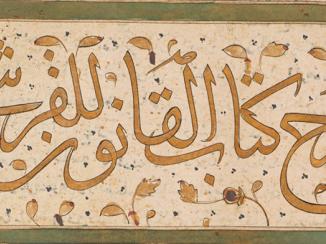Overview
As a result of colonialism and the global domination of Western Europe and the United States, students from all over the world are familiar with the progenitors of modern science: Hippocrates, Plato, Euclid, Aristotle, Archimedes, Galen and Ptolemy, and many other classical Greek philosophers, scientists, mathematicians and physicians. Their works are certainly impressive, but remarkably, all of these authors were translated into Arabic during the eighth and ninth centuries AD.
The scientific tradition that developed in Arabic went on to transform the Greek tradition, giving rise to theories and fields of inquiry that were beyond the wildest imaginations of classical authors. It was this new tradition, not merely the Greek tradition ‘reborn’, which provided the basis for some of the developments of modern science.
The Development of Science
It is frequently taught that the history of science is one of adding new layers of facts and correcting past errors on the basis of new observations, often made with the help of new technologies such as the telescope or microscope. Science is thus depicted as being on a singular path towards enlightenment that can only be impeded by external factors. This scientific ‘train’ gains momentum under the Greeks as it accumulates more knowledge. Then, due to conquests and invasions, it slowly comes to a halt. After some time, the Arabs arrive on the scene, and drive the train forward for the next few centuries. Then, according to the standard narrative, due to religious oppression, the train is halted again. This time, the Latin Europeans emerge to drive it forward and complete its journey to the long-sought destination of modern science.
This account of the progress of science is deeply flawed. As historians of science have demonstrated for decades, scientific theories evolve in complex and convoluted ways, sometimes meeting dead-ends, and occasionally shooting off in directions not intended by the authors of specific theories themselves. The questions and the trajectories of science are always shaped (positively and negatively) by local, social, political and even religious contexts.
New Theories, New Sciences
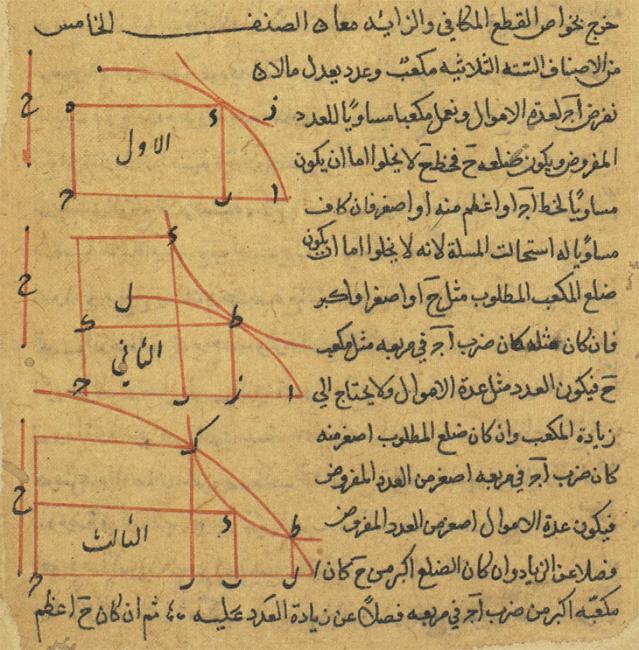
The Arabic scientific tradition was certainly influenced by such factors. In many cases, they gave rise to rich scientific traditions with no parallels in Greek works. Algebra, for example, emerged as a new field of inquiry with al-Khwārizmī (AD 780–850). The foundational algebraic text was dedicated to the Abbasid caliph al-Ma’mūn (reigned AD 813–833), and was intended as an investigation into the rules and procedures governing linear and quadratic equations. Once these rules were understood, al-Khwārizmī believed that secretaries, administrators, jurists and others would have little difficulty in solving complex, real-world problems concerning inheritances, legacies, land surveys, and so on. The text gave rise to a long tradition of investigating other classes of equations (e.g. cubic), and even geometric relationships. Although the techniques of algebra were subsequently applied by authors to classical Greek works, the science of algebra itself is not found within them.
The characteristics of Islamic societies also generated new problems for existing fields. For example, the Islamic requirement to face Mecca during prayers led astronomers to first apply Ptolemaic methods and (later) newly developed methods in trigonometry to solve the problem with greater precision. The exact (and approximate) determination of the five daily prayer times also provided challenging new problems for astronomers, both theoretically in terms of prayer tables, as well as practically in terms of devising and modifying existing astronomical instruments, such as the astrolabe Ancient instrument for astronomical observations. .
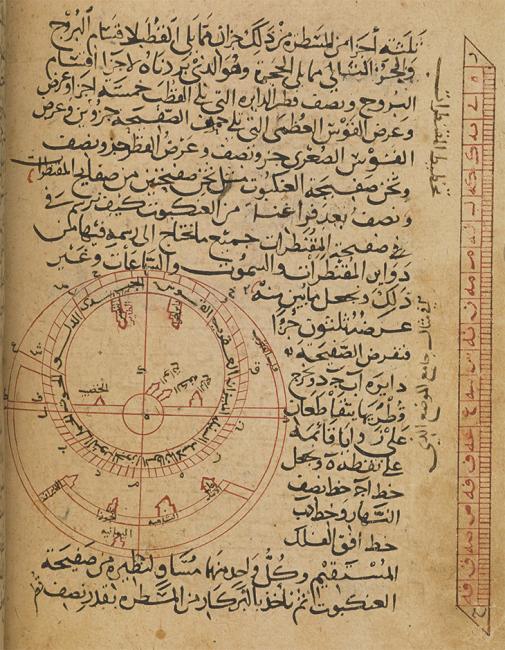
Astronomers proved so adept at such investigations that by the mid-fourteenth century they were producing universal tables to calculate prayer-times for any latitude throughout the year, consisting of over half a million entries in the case of Najm al-Dīn al-Miṣrī (AD c. 1300–1350). By the thirteenth century, astronomers were also being hired as official timekeepers (muwaqqit) for mosques, the most famous example being Ibn al-Shāṭir (AD c. 1305–c. 1375) who was employed in this capacity at the Umayyad mosque in Damascus.
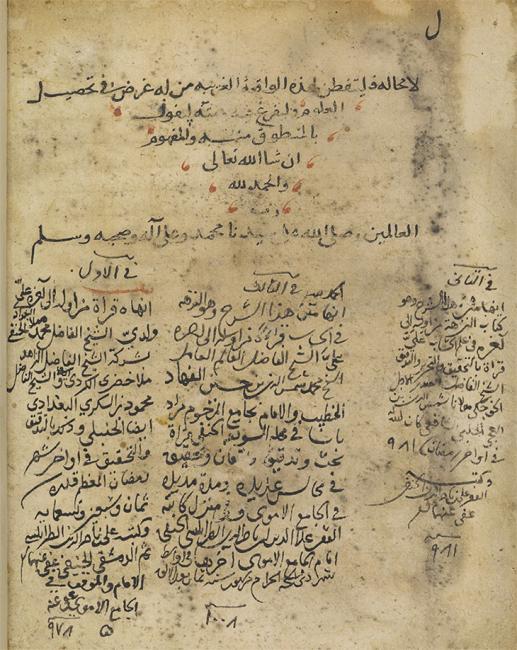
The Separation of Astrology and Astronomy
New disciplines and approaches were sometimes generated due to religious opposition, the most famous being the separation of astrology from the new science of (heavenly) configurations (‘ilm al-hay’a). The sustained opposition from groups of religious scholars, philosophers and natural scientists led many astronomers to dissociate themselves from the Greek tradition by rejecting the validity of predicting personal outcomes using horoscopes. They thus developed the new science of ‘ilm al-hay’a which only concerned itself with the mathematical and physical configuration of the stars and planets for their own sake. This gave rise to a rich tradition in which many aspects of Ptolemaic astronomy were critiqued and transformed, and its relationship to Aristotelian physics was carefully examined and reconsidered.
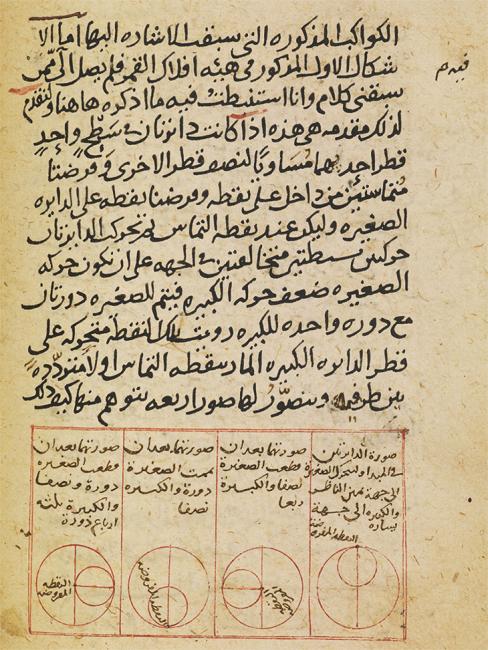
Many more unprecedented developments took place in Arabic science within subfields as diverse as logic, mechanics and medicine. Some of the new developments in sciences such as algebra, astronomy, philosophy and logic were even taught in madrasas.
Madrasas and Science
It is often believed that madrasas (higher institutions of religious learning) excluded the rational sciences by definition, and that this was the reason the sciences declined in the Islamic world after a brief ‘golden age’. However, these claims are grossly inaccurate. Mosque and madrasa libraries housed many texts on the rational sciences. Religious scholars could engage with works in logic, philosophy, astronomy and even medicine alongside their engagement in the traditional religious sciences. Many texts in religious sciences, such as those on the principles of jurisprudence (uṣūl al-fiqh) and theology (‘ilm al-kalām), contained sections on logic and/or astronomy. These texts were taught in madrasas and teachers and students discussed and wrote commentaries on them – including the sections devoted to the rational sciences. Moreover, madrasas were not the exclusive loci of learning. Rulers’ courts and private study circles at homes of military personnel, administrators and reputable scholars all continued to serve as important places of instruction and learning well after the madrasas came into existence.
The Fate of Arabic Science
Customarily, discussions on the history of science in Islamic societies refer to a ‘decline’ in activity after AD 1200 (or sometimes AD 1500). However, this is not based on any examination of the surviving corpus. Rather, it is retroactively assumed to have taken place given that Copernicus (or Newton) was not from that part of the world. In reality, one can trace two distinct branches of the Arabic scientific tradition in the later period.
First, the new sciences and theories that emerged between the eighth and thirteenth centuries continued to be developed by authors working in the Islamic world well into the nineteenth century. The discussions in Arabic were supplemented by those that took place in Ottoman Turkish and Persian. The research conducted so far on logic, philosophy, astronomy and medicine provides ample evidence against the standard claim of ‘the death of science’ in Islamic societies.
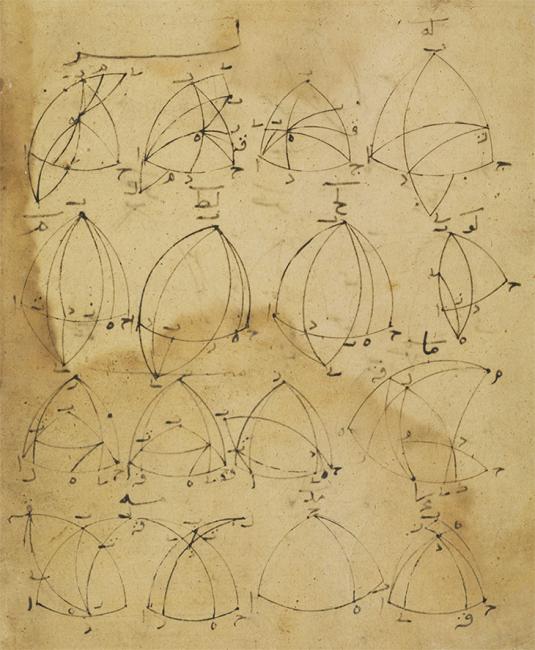
Second, many of the thirteenth, fourteenth and fifteenth century developments in the Arabic tradition were adopted during the Renaissance. Scholars from Latin Europe continued to acquire texts and knowledge from the East (and vice-versa) during the fifteenth and sixteenth centuries. Key scientific works, such as Copernicus’s On the Revolution of the Heavenly Spheres, are direct descendants of the Arabic tradition. This is not to suggest that authors writing in Arabic had seriously contemplated a sun-centred astronomy. Rather, Copernicus’s questioning of the Aristotelian basis of earth-centred astronomy, his search for an empirical basis to determine the physical arrangement of the heavens, and his use of new mathematical theories to solve the inconsistencies of Ptolemaic astronomy all have their foundation in Arabic astronomical traditions, with no real counterpart in Greek or Latin traditions. The fact that Copernicus’s astronomy was entirely detached from astrology, and solely concerned with the configuration of the heavens, also illustrates his debt to the new Arabic discipline of ‘ilm al-hay’a.

